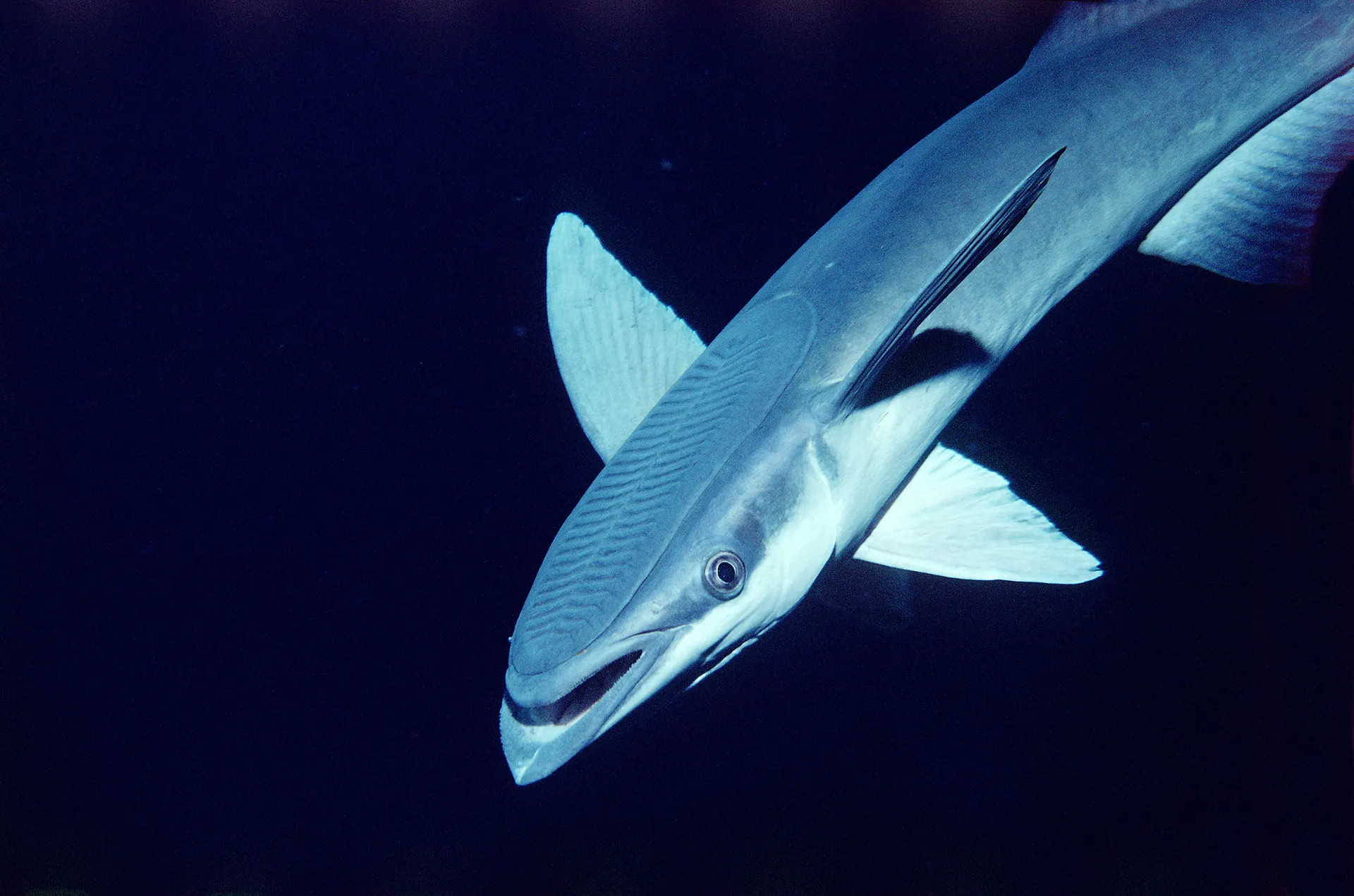
Remora, also known as suckerfish or sharksucker, is a fascinating and peculiar creature that belongs to the family Echeneidae. These small fish are known for their unique adaptations, especially the modified dorsal fin on their head that acts as a suction pad, enabling them to attach themselves to larger marine animals such as sharks, whales, and turtles.
In this article, we will delve into 15 intriguing facts about remora, uncovering the secrets of their incredible symbiotic relationships, feeding habits, and survival strategies. From their specialized anatomical features to their exceptional swimming abilities, remoras have captivated the attention of researchers and nature enthusiasts alike.
So, let’s dive into the exciting world of remora and discover the remarkable traits that make them truly remarkable.
Key Takeaways:
- Remoras are unique “hitchhiker fish” that attach themselves to larger marine animals like sharks and whales, benefiting from protection and food scraps while also cleaning their host’s skin.
- With a disc-shaped body and a strong sense of smell, remoras can detach and reattach themselves to different hosts, forming a symbiotic relationship and aiding in the ocean’s ecosystem.
Remoras are known as “hitchhiker fish.”
These unique creatures have a specialized dorsal fin that acts like a suction cup, allowing them to attach themselves to larger marine animals, such as sharks and whales.
There are over 10 different species of remoras.
Each species of remora has its own unique characteristics and preferred hosts.
Remoras have a symbiotic relationship with their hosts.
They benefit from the protection and the scraps of food that their host provides, while also aiding in cleaning the host’s skin by feeding on parasites and dead skin cells.
Remoras have a disc-shaped body.
This specialized body shape allows them to maintain a strong suction hold on their host, even when swimming at high speeds.
Remoras are found in both tropical and temperate oceans.
They can be spotted in various oceanic regions around the world, including the Atlantic, Pacific, and Indian Ocean.
The largest species of remora can grow up to three feet in length.
These impressive creatures can weigh up to 25 pounds, making them one of the largest hitchhiker fish in the ocean.
Remoras have a unique feeding behavior.
They primarily feed on the scraps of food left behind by their host, but they can also catch small prey using their sharp teeth.
Remoras have a streamlined body shape.
This allows them to swim effortlessly alongside their host, reducing drag and maximizing their efficiency.
Remoras have been used in ancient times as a natural remedy for skin ailments.
Some cultures believed that applying a remora to the skin could help heal various skin conditions.
Remoras can detach and reattach themselves to their host.
This ability allows them to migrate and explore different hosts throughout their lifetime.
Remoras have a strong sense of smell.
This helps them locate potential hosts and navigate their way through the vast ocean.
Remoras can live for several years.
With the right conditions and a suitable host, these fascinating creatures can have a relatively long lifespan.
Remoras reproduce by laying eggs.
They release their eggs into the water, where they undergo fertilization and develop into larvae before finding a host to attach to.
Remoras are not harmful to their hosts.
Despite their attachment, remoras do not cause any harm or significant health issues to their hosts.
Remoras are often seen accompanying sharks.
This association benefits both the remora and the shark, as the remora gains protection and access to food, while the shark benefits from having a cleaner fish.
Conclusion
In conclusion, remoras are fascinating creatures with unique adaptations and behaviors. From their suction-cup-like dorsal fin to their symbiotic relationship with larger marine animals, remoras have evolved to thrive in their aquatic habitats. They serve as a testament to the incredible diversity and ingenuity found in the animal kingdom.
FAQs
Q: What is a remora?
A: A remora is a type of fish that belongs to the family Echeneidae. They are known for their specialized dorsal fin, which can attach to larger marine animals.
Q: How do remoras attach to other animals?
A: Remoras have a unique suction-cup-like dorsal fin, which enables them to attach to the bodies of other marine animals. This mechanism allows them to hitch a ride and benefit from the protection and food sources provided by their hosts.
Q: What do remoras eat?
A: Remoras are opportunistic feeders. They primarily feed on leftover scraps from their host’s meals, as well as parasites that can be found on their host’s skin. They are also known to eat small fish and plankton when available.
Q: Do remoras harm their host animals?
A: Remoras do not harm their host animals. They have a mutually beneficial relationship with their hosts known as commensalism. The remoras benefit from the protection and food provided by the host, while the hosts are unaffected by their presence.
Q: Where can remoras be found?
A: Remoras can be found in tropical and subtropical waters around the world. They are commonly found in coral reefs, rocky areas, and open ocean habitats.
Q: How long do remoras live?
A: The lifespan of remoras can vary depending on the species. On average, remoras can live for about five to seven years in the wild.
Q: Can remoras survive without attaching to a host?
A: Remoras are perfectly capable of swimming and feeding on their own. While they have adapted to rely on larger animals for certain benefits, they are also equipped to survive independently if necessary.
Q: Are remoras dangerous to humans?
A: Remoras are not dangerous to humans. They typically do not pose any threat and are not aggressive towards humans. However, it is always important to exercise caution and respect when interacting with any marine animal.
Q: Can remoras be kept as pets?
A: While remoras can be found in the aquarium trade, they are not suitable as pets due to their specific needs and their symbiotic relationship with larger marine animals. It is best to appreciate these fascinating creatures in their natural habitats.
If you're fascinated by remoras, dive deeper into the wonders of marine biology. Explore parasitism in nature, where organisms like remoras form unique relationships with their hosts. Discover more intriguing aquatic animals, such as electric eels, that showcase the incredible diversity of life beneath the waves.
Was this page helpful?
Our commitment to delivering trustworthy and engaging content is at the heart of what we do. Each fact on our site is contributed by real users like you, bringing a wealth of diverse insights and information. To ensure the highest standards of accuracy and reliability, our dedicated editors meticulously review each submission. This process guarantees that the facts we share are not only fascinating but also credible. Trust in our commitment to quality and authenticity as you explore and learn with us.


